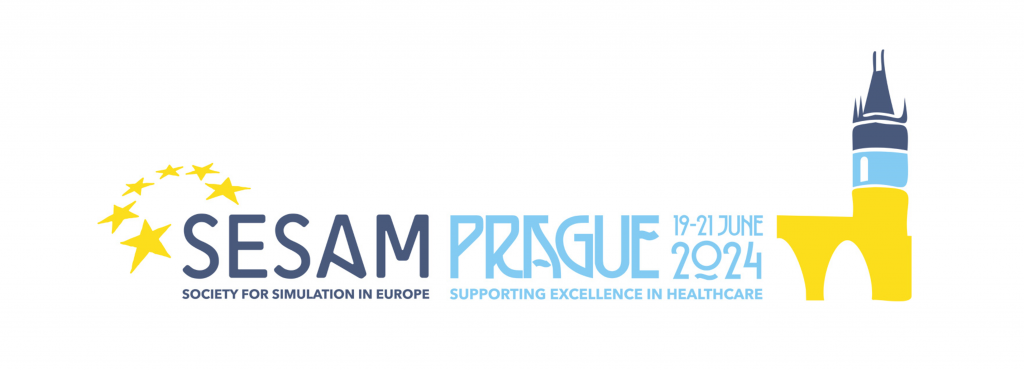HEMORR₂HAGES Score for Major Bleeding Risk On-line calculator

The HEMORR2HAGES score was developed to quantify the risk of hemorrhage in patients with atrial fibrillation on anticoagulation and to aid in the management of antithrombotic therapy. For patients on warfarin found that HEMORR2HAGES was more discriminatory compared to the other scores systems.
No
Yes
No
Yes
No
Yes
No
Yes
Includes aspirin use, any thrombocytopenia or blood dyscrasia, like hemophilia:
No
Yes
No
Yes
No
Yes
No
Yes
No
Yes
No
Yes
No
Yes
| Patient’s score | Points | Risk of bleeding |
|---|---|---|
| 0 | 0 | 0 |
The HEMORR2HAGES scoring system consists of eleven criteria, one of which (history of prior bleeding) is worth 2 points, while the other ten are worth 1 point each.
The HEMORR2HAGES scoring system combines components from several other previously validated bleeding risk scores into one.
Addition of the selected points, see below:
| Criteria | Points |
| Hepatic or renal disease | +1 |
| Ethanol abuse | +1 |
| Malignancy | +1 |
| Older (age > 75) | +1 |
| Reduced platelet count or function | +1 |
| Rebleeding (Prior Bleed) | +2 |
| Hypertension (uncontrolled) | +1 |
| Anemia | +1 |
| Genetic factors (CYP 2C9 single-nucleotide polymorphisms) | +1 |
| Excessive fall risk, dementia, Parkinson’s disease, or psychiatric disease | +1 |
| Stroke | +1 |
Results interpretation:
| Points | Risk of bleeding |
| 0-1 | Low-risk group |
| 2-3 | Intermediate-risk group |
| ≥4 | High-risk group |
Risk of bleeding in patients on warfarin:
| Points | Risk of bleeding | Recommendation |
| 0 points | 1.9% risk of bleeding per 100 patient-years of warfarin. | Consider initiation of warfarin therapy if clinically indicated as risk of thrombotic events likely outweighs the risk of bleeding. |
| 1 points | 2.5% risk of bleeding per 100 patient-years of warfarin. | Consider initiation of warfarin therapy if clinically indicated as risk of thrombotic events likely outweighs the risk of bleeding. |
| 2 points | 5.3% risk of bleeding per 100 patient-years of warfarin. | Consider alternatives to anticoagulation unless strong indications for warfarin therapies exist. |
| 3 points | 8.4% risk of bleeding per 100 patient-years of warfarin. | Consider alternatives to anticoagulation unless strong indications for warfarin therapies exist. |
| 4 points | 10.4% risk of bleeding per 100 patient-years of warfarin. | Alternative options should often be considered in patients with high-risk of major bleeding events in need of anticoagulation. |
| 5-12 points | 12.3% risk of bleeding per 100 patient-years of warfarin. | Alternative options should often be considered in patients with high-risk of major bleeding events in need of anticoagulation. |
Study found that the number of bleeds per 100 patient-years of warfarin increased as their HEMORR2HAGES score increased. A subsequent systemic review and meta-analysis comparing the performance of HAS-BLED, ATRIA and HEMORR2HAGES recommended HAS-BLED for the assessment of atrial fibrillation patients’ major bleeding risk. The analysis found that HEMORR2HAGES had a higher diagnostic accuracy, but considered it difficult to use due to its complexity.
The genetic risk factor was included in their score, but not actually tested in their cohort of patients.
HAS-BLED Score compare with the HEMORR2HAGES Score has greater sensitivity, HEMORR2HAGES Score has greater specificity then HAS-BLED Score.
Risks and benefits of anticoagulation should be carefully considered in all patients with atrial fibrillation prior to initiating therapy.
Other risk stratification scores such as HAS-BLED or ATRIA should also be taken into consideration prior to starting anticoagulation.
Literature:
Gage BF, Yan Y, Milligan PE, et al. Clinical classification schemes for predicting hemorrhage: results from the National Registry of Atrial Fibrillation. Am Heart J 2006; 151:713-9. https://pubmed.ncbi.nlm.nih.gov/16504638/
Stavros Apostolakis, MD, PhD, Deirdre A. Lane, PhD, Yutao Guo, MD, Harry Buller, MD, PhD, Gregory Y.H. Lip, MD Performance of the HEMORR https://www.jacc.org/doi/10.1016/j.jacc.2012.06.019?articleid=1305797&
Caldera D, Costa J, Fernandes RM, et al. Performance of the HAS-BLED high bleeding-risk category, compared to ATRIA and HEMORR https://pubmed.ncbi.nlm.nih.gov/25012972/
Register on our website right now to have access to more learning materials!
Celebrating a Major Milestone: SESAM Recognizes ClinCaseQuest’s Defragmented Debriefing Model as an Advancement in Clinical Simulation 2024
At ClinCaseQuest, we are thrilled to announce an outstanding achievement in the field of medical…
Acute Pulmonary Edema: Emergency Care Algorithm – Should We Remove or Redistribute the Fluid?
Case Presentation: A 64-year-old man was transported to the emergency department by ambulance due to…
ClinCaseQuest Featured in SchoolAndCollegeListings Directory
Exciting News Alert! We are thrilled to announce that ClinCaseQuest has been successfully added to…
Сounseling a patient with suspected Takotsubo-syndrome OSCE guides
The onset of the consultation Wash hands and put on PPE if necessary. Introduce yourself…
Takotsubo syndrome
Takotsubo syndrome is a condition characterized by the sudden onset of acute, transient (lasting up…
Counseling of a patient with symptomatic bradycardia – OSCE guide
https://clincasequest.hospital/course/interrupted-symphony/ The onset of the consultation Wash hands and put on PPE if necessary. Introduce…









